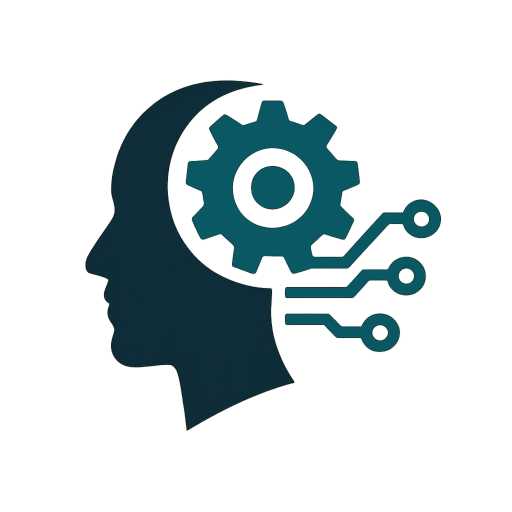When we think of machine intelligence, our minds often leap to glowing screens, data centers, and algorithms running trillions of operations per second. But the story of machine intelligence doesn’t begin in Silicon Valley. It begins thousands of years ago — with beads on rods, carved stone tablets, and humanity’s first attempts to offload thought onto tools.
Counting Beyond the Human Mind
Long before computers existed, humans faced a universal challenge: how do you keep track of more than your fingers can count?
- The Abacus (c. 2300 BCE): One of the earliest known computing devices, originating in Mesopotamia and refined in China and beyond. The abacus turned numbers into physical movements, enabling merchants and scholars to calculate sums and differences far faster than by memory alone.
- Stone & Clay Records: Babylonians etched tallies onto clay tablets; Inca quipu knotted strings into mathematical records. Each was an external extension of the human mind — our first “memory chips.”
These weren’t “machines” as we know them today, but they laid the groundwork: a tool can amplify human thought.
When the Stars Became Equations
As societies grew more complex, so did their problems. Trade routes spanned continents, calendars guided agriculture, and sailors navigated seas. Numbers alone weren’t enough — humans needed instruments.
- The Astrolabe (c. 200 BCE): An elegant brass device used to chart the heavens and navigate the seas. By aligning rotating dials, scholars could predict star positions and determine time and latitude. It was an analog computer centuries before the word existed.
- Algebra & Geometry: Arabic scholars like Al-Khwarizmi (whose name gave us the word algorithm) formalized mathematical processes. Euclid gave structure to geometry. These weren’t just tools of trade — they were frameworks that hinted computation could be systematic, repeatable, and perhaps… mechanical.
Logic: The Language of Thought
If numbers could be abstracted, what about reason itself?
- Aristotle’s Logic (4th c. BCE): He formalized syllogisms — “All men are mortal; Socrates is a man; therefore, Socrates is mortal.” This was thought as an algorithm, centuries before the term.
- Leibniz’s Dream (17th c.): Mathematician Gottfried Wilhelm Leibniz envisioned a “universal calculus” where reasoning itself could be automated. He imagined machines that could settle disputes not by debate but by calculation: “Let us calculate!”
Here lies the seed of artificial intelligence: the belief that human reasoning might one day be encoded, step by step, into a formal system.
The Philosophical Question
These early devices — abacuses, astrolabes, algorithms, logical systems — weren’t machines that thought. But they raised a question that still haunts us today:
If thought can be broken down into steps, can those steps be performed by something other than the human mind?
The answer to that question would guide centuries of exploration, from mechanical engines to digital computers, and eventually to the neural networks of today.
Conclusion: Sparks Before the Fire
Part 1 of our journey ends here, in a world of beads, brass, and parchment. Humans had built tools to count, measure, and reason — but the idea of a thinking machine was still a dream.
